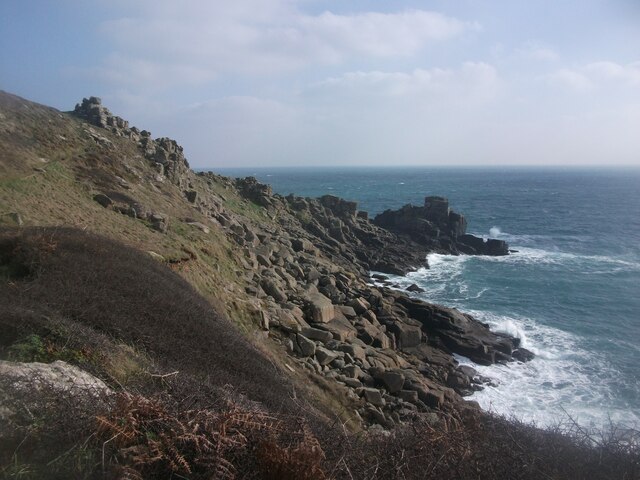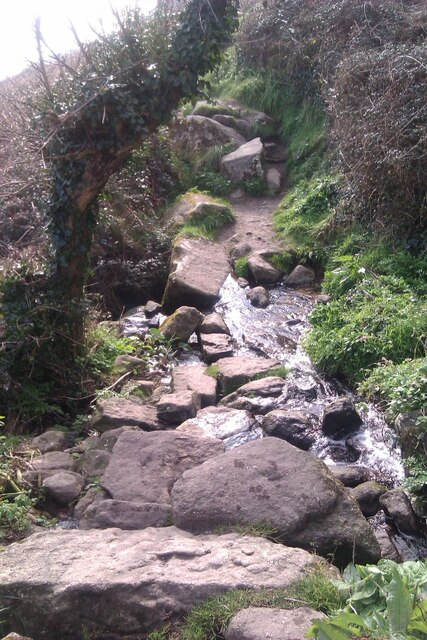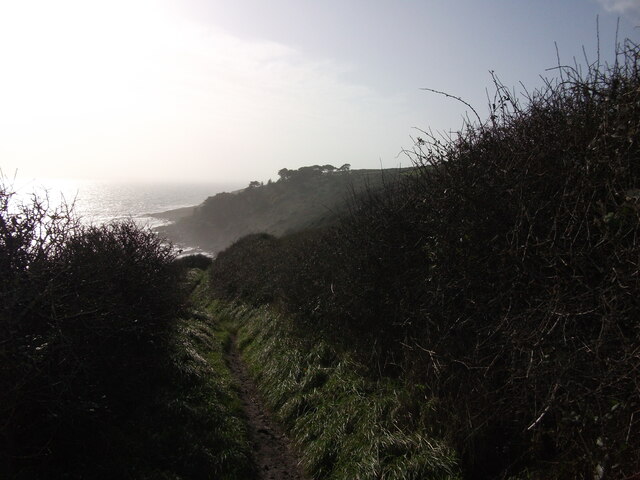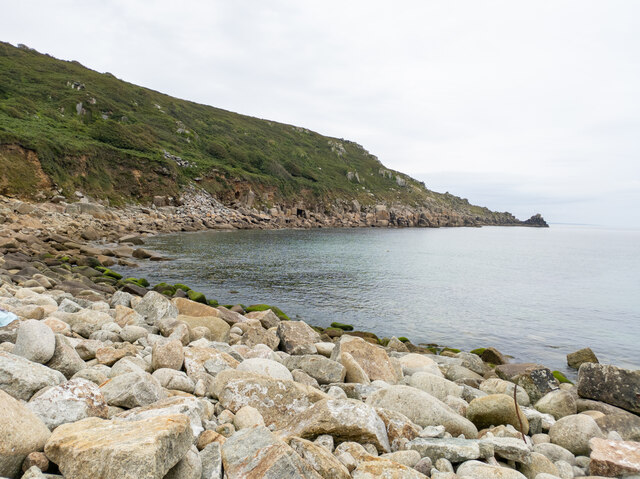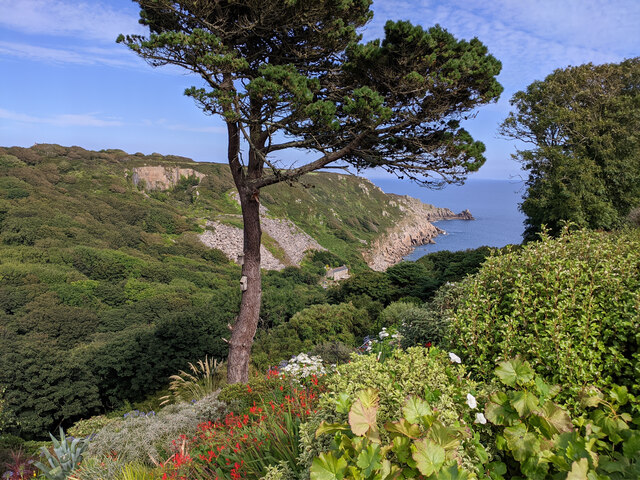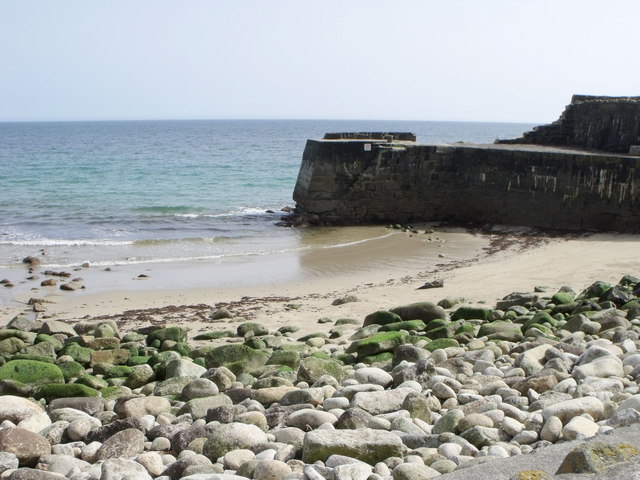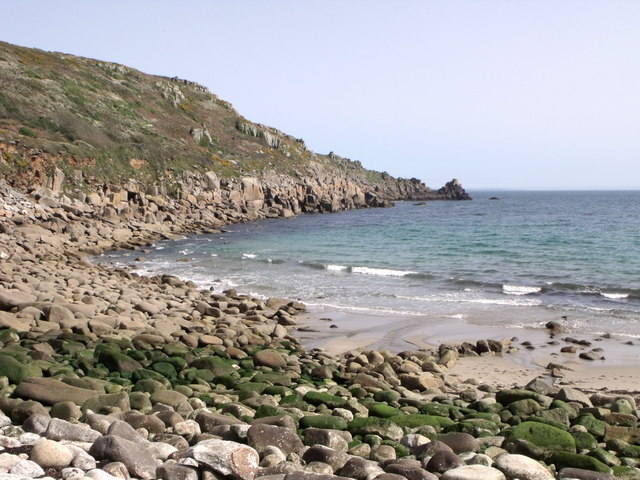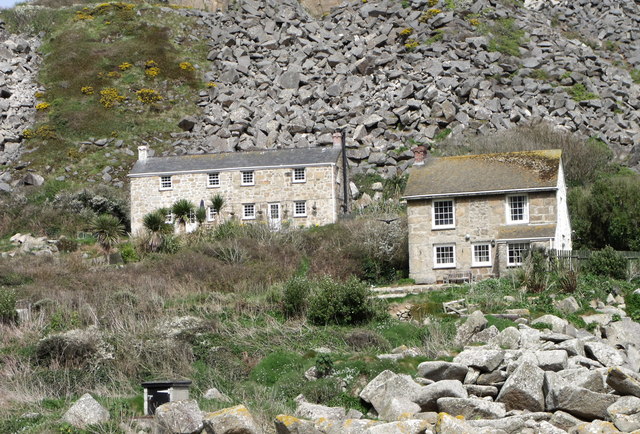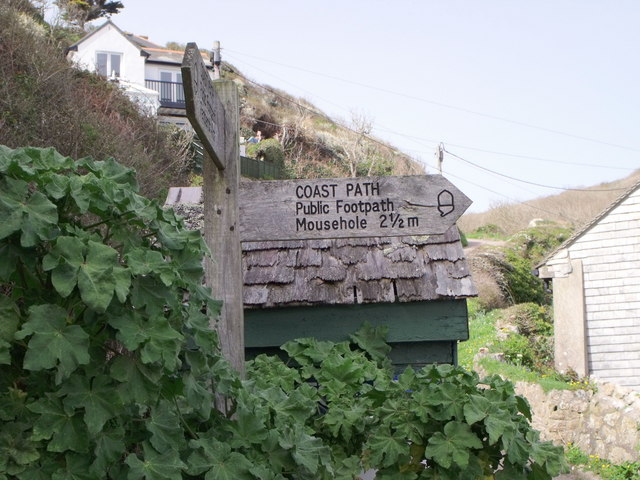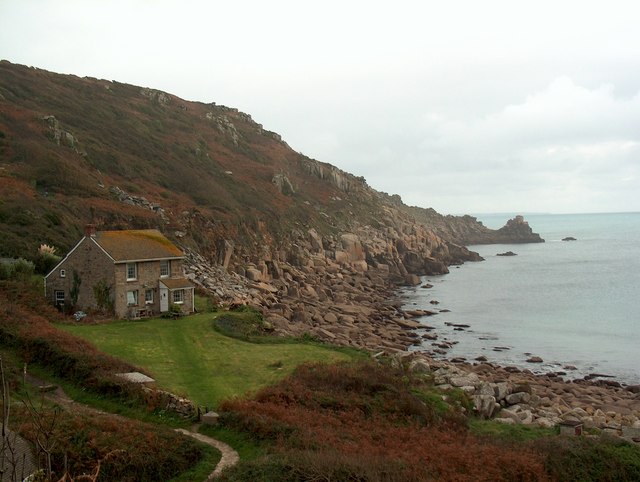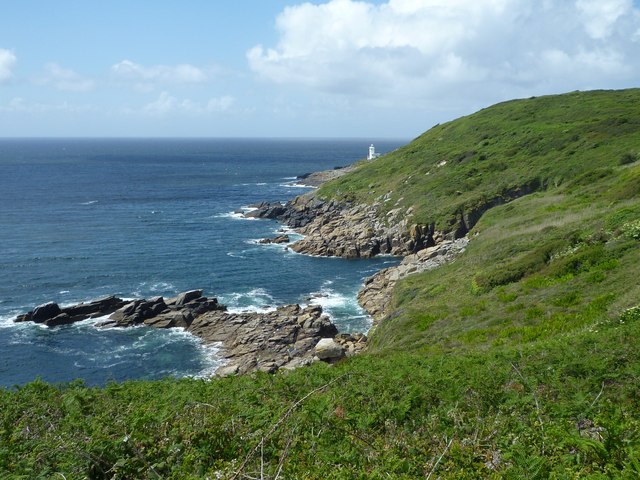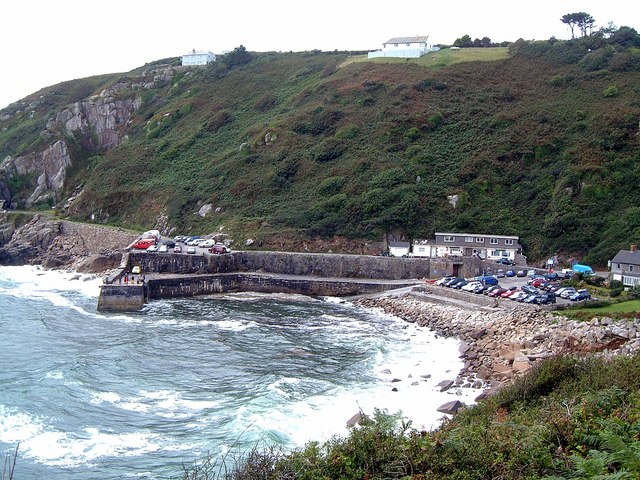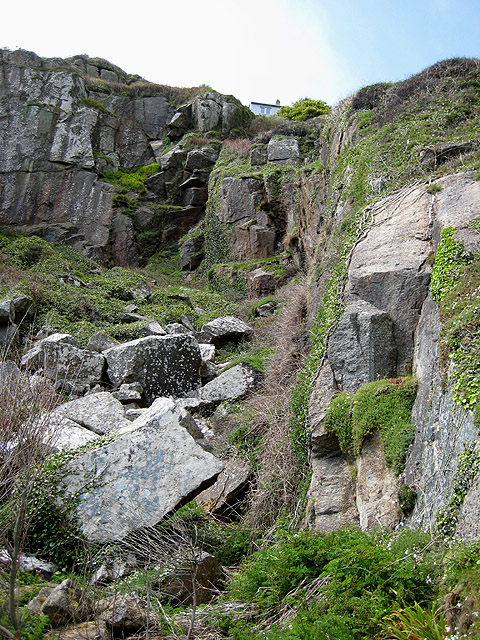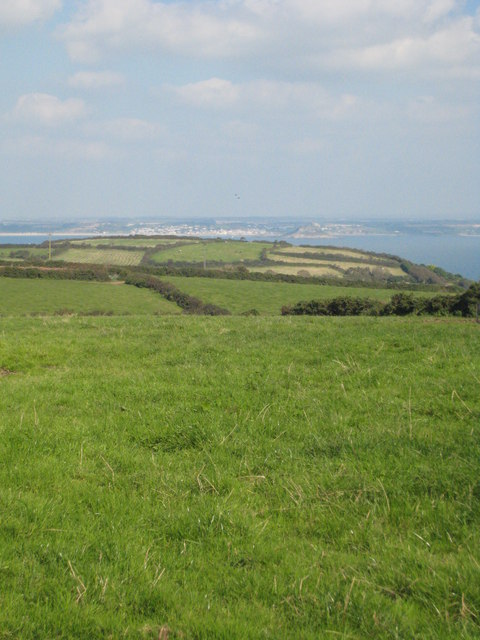Kemyel Rock
Island in Cornwall
England
Kemyel Rock
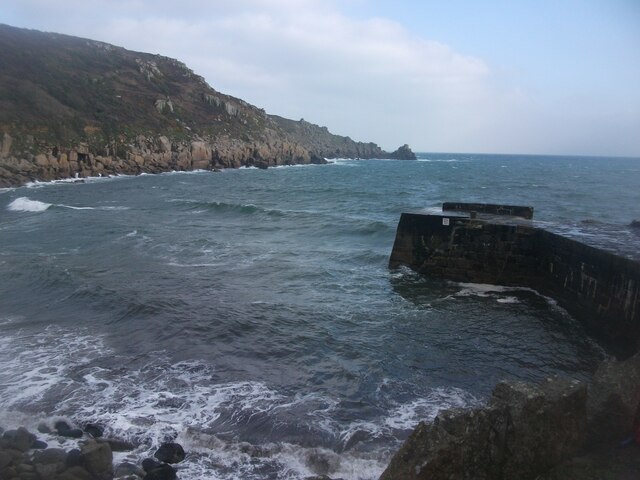
Kemyel Rock is a small island located off the coast of Cornwall, England. It is situated in the Atlantic Ocean, about 2 miles southwest of Lamorna Cove. The island is known for its stunning natural beauty, with rugged cliffs and crystal-clear turquoise waters.
Kemyel Rock is relatively small, measuring only about 0.2 hectares in size. It is primarily composed of granite, which gives it a unique and distinctive appearance. The island is uninhabited and lacks any permanent structures or facilities. It is, however, a popular spot for tourists and nature enthusiasts who come to admire its picturesque landscape and abundant wildlife.
The island is accessible by boat, with several local tour operators offering trips to Kemyel Rock during the summer months. Visitors can enjoy activities such as snorkeling, diving, and birdwatching. The surrounding waters are teeming with marine life, including seals, dolphins, and a variety of fish species.
Additionally, Kemyel Rock is home to a rich bird population, with numerous seabirds nesting on its cliffs. Birdwatchers flock to the island to catch a glimpse of species such as fulmars, razorbills, and guillemots.
While Kemyel Rock does not offer any amenities, visitors can make use of the nearby facilities in Lamorna Cove, including cafes, restaurants, and accommodation options. The island provides a tranquil and secluded escape for those seeking a natural retreat amidst Cornwall's stunning coastal scenery.
If you have any feedback on the listing, please let us know in the comments section below.
Kemyel Rock Images
Images are sourced within 2km of 50.061253/-5.5504532 or Grid Reference SW4523. Thanks to Geograph Open Source API. All images are credited.

Kemyel Rock is located at Grid Ref: SW4523 (Lat: 50.061253, Lng: -5.5504532)
Unitary Authority: Cornwall
Police Authority: Devon and Cornwall
What 3 Words
///proves.saddens.powering. Near St Buryan, Cornwall
Nearby Locations
Related Wikis
Lamorna
Lamorna (Cornish: Nansmornow) is a village, valley and cove in west Cornwall, England, UK. It is on the Penwith peninsula approximately 4 miles (6 km)...
Castallack
Castallack is a hamlet in the civil parish of St Buryan, Lamorna and Paul in west Cornwall, England, UK. It is on a minor road between Sheffied and Lamorna...
Tregurnow
Tregurnow is a settlement in St Buryan civil parish on the Penwith peninsula in Cornwall, England, United Kingdom. At Tregurnow farm is an interesting...
Raginnis
Raginnis is a hamlet near Mousehole in west Cornwall, England, United Kingdom. == References ==
Have you been to Kemyel Rock?
Leave your review of Kemyel Rock below (or comments, questions and feedback).
